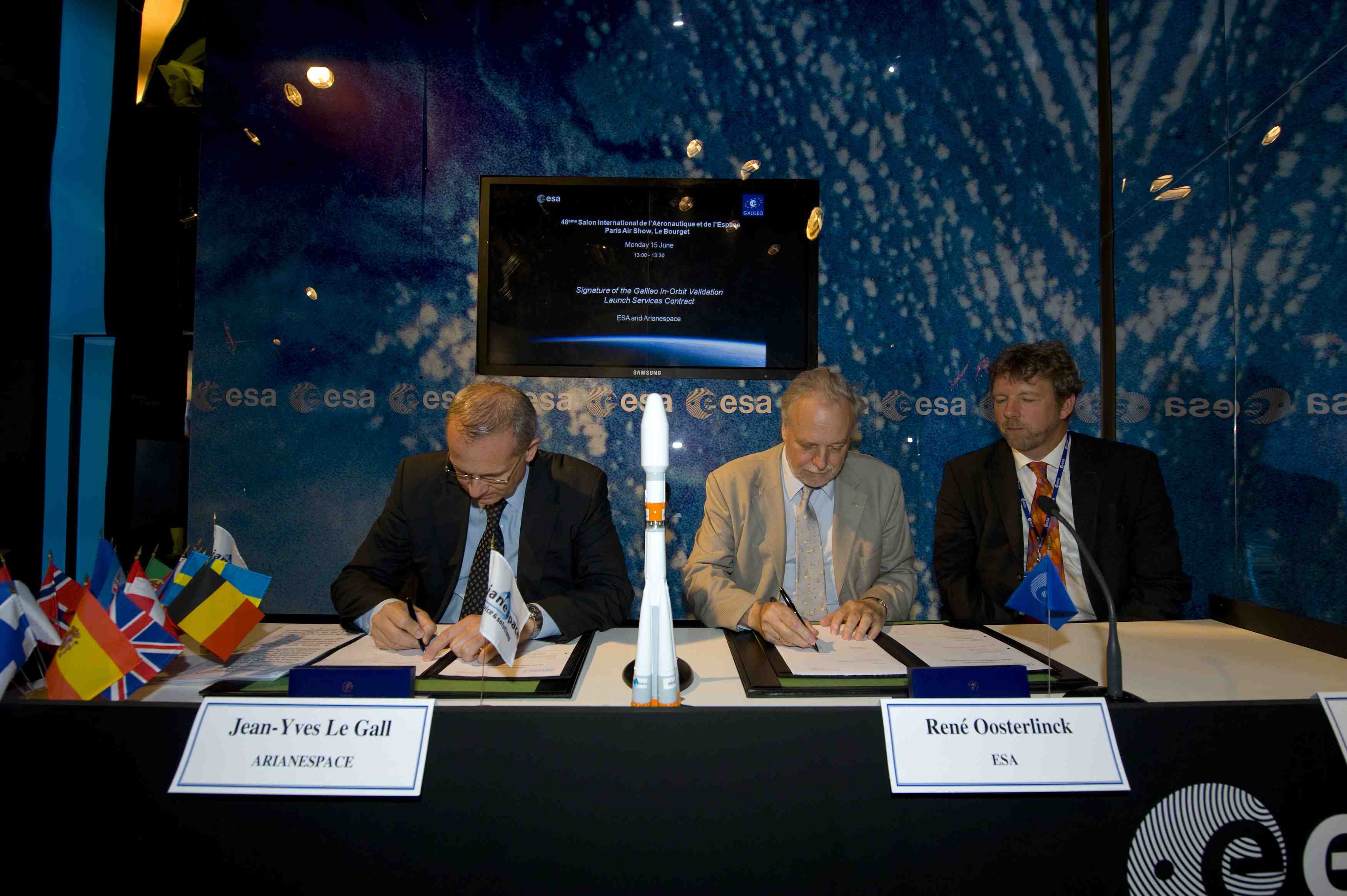GPS Networking Offers Variable Gain Amplifier with Push Button Control
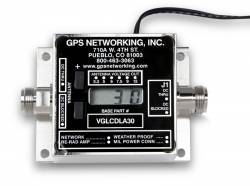
GPS Networking, of Pueblo, Colorado, has launched the VGLCDLA30RPDC, a variable gain GPS in-line amplifier with LCD display and push button control.
Featuring a range of 0–30 dB, the VGLCDLA30RPDC’s push button control can increase or decrease gain in increments of 1 dB, enabling operators to make precise adjustments quickly and view the output power at any given time for more efficient testing.
The unit operates on 110VAC or 220 VAC transformer (wall mount) and 240 VAC (United Kingdom). Connector options include types N, SMA, TNC, and BNC.
By Inside GNSS


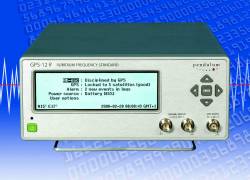
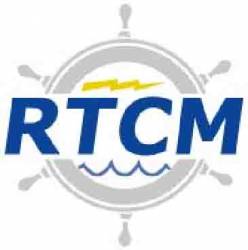
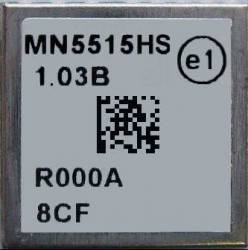
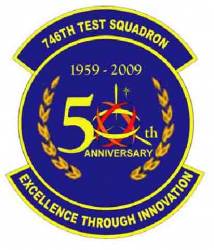



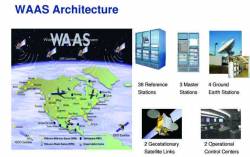

 before launch.jpg)
